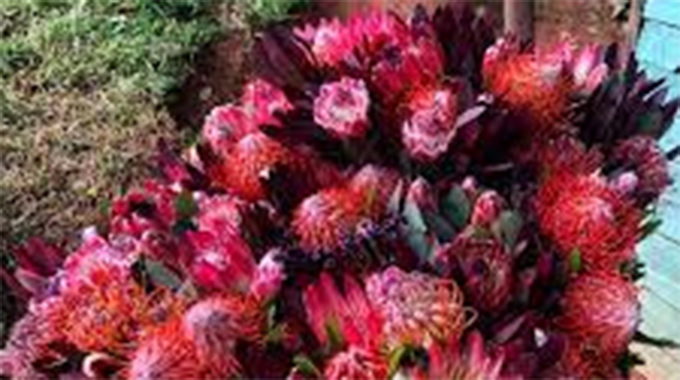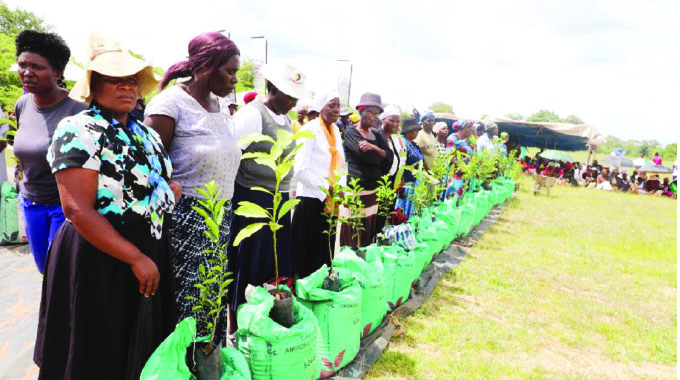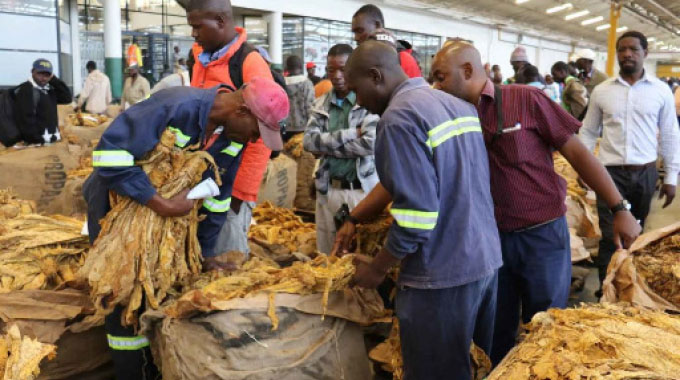Global flower industry re-opens, bright prospects for local farmers

Elton Manguwo
FOLLOWING global trade disruptions due to Covid-19 and the war in Ukraine, the flower industry has opened up creating vast opportunities that local farmers can explore in line with the Government’s push to develop the horticulture industry into a one billion United States dollar sector.
Speaking during a horticulture committee meeting recently, Export Flower Growers Association of Zimbabwe (EFGA) former chairman Mr Gordon Makoni said the flower industry was viable with a lot of opportunities for local farmers to tap into.
Globally, prices of flowers have increased in the wake of trade disruptions thanks to both the pandemic and the Russia-Ukraine crisis.
“Prices of flowers such as Hypericum have risen at an average of 12 cents from 5 cents in Holland and other European markets. The same can also be said of KP flowers that jumped from an average of 10 cents to 60 cents demonstrating that the industry’s markets are now favourable,” said Mr Makoni.
The Government is looking to invest US$186 million towards empowering 1, 8 million households involved in horticulture, as the push to transform the horticulture industry into a US$1, 2 billion sector gathers steam.
“There is need to develop an integrated model to mobilise farmers into exporting flowers on the backdrop of a high demand for African floriculture products in Europe,” said Mr Makoni.
Food and Agriculture Organisation (FAO) and the Horticultural Development Council (HDC) have since developed a strategy to integrate smallholder farmers into floriculture.
“It is a model that increases farmer involvement and can be shared and implemented to further develop the floriculture sub-sector,” said Mr Makoni.
In addition, an aggregation model connects a big number of unorganised merchants to a single entity, which presents opportunities for farmers to realise high profits if used as a business plan.
Mr Makoni added that the development of cold rooms was important for the establishment of aggregation centres for exporting in huge volumes while reducing post-harvest losses.
He stressed the need to emulate the Rwandan, Ethiopian and Kenyan models in support of the floriculture sector and small-scale farmers at large by the Government.
“The Government’s support to enhance the implementation of the model is critical to ensure the success of the model,” he said.
As the Ministry of Lands, Agriculture, Fisheries, Water and Rural Development targets to grow the export market, there is need to find new markets such as Saudi Arabia in the Middle East rather than focusing on the European markets only.
“The Government and private sector in the HortiFlora Expo being held in Addis Ababa, Ethiopia this year can be an opportunity for the floriculture sector to exploit and use as a springboard in showcasing what Zimbabwe has to offer,” said Mr Makoni.







Comments